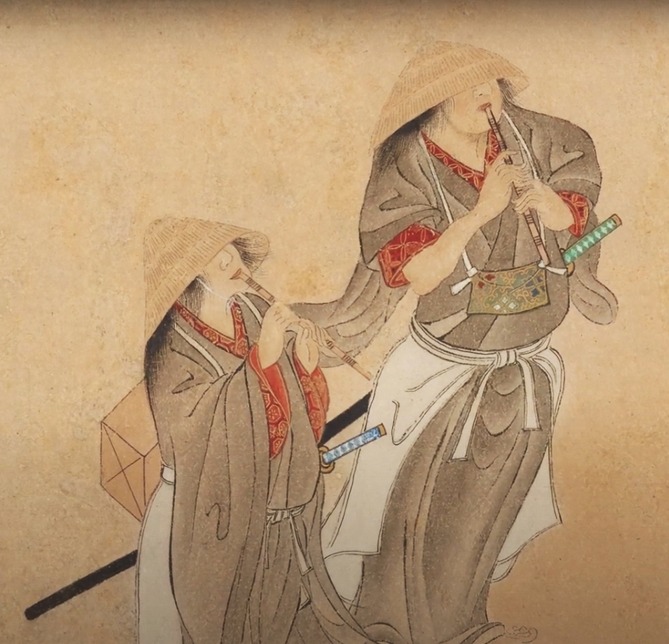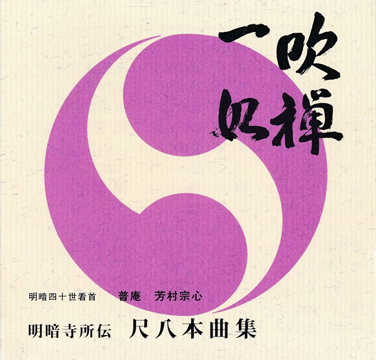




Yasuda Tenzan, early 1950s calligraphy: 'Suizen' • 'Fushō fumetsu' • Iwasa Matabei: 1620s 'Komosō' • 'Mukuteki suizen' • Yoshimura Fuan Sōshin: 'Suizen ichinyo' 1995 CD set

The "Ascetic Shakuhachi" Historical Evidence Research Web Pages • Torsten 'Mukuteki' Olafsson • Denmark, Scandinavia
ZEN-SHAKUHACHI.DK
CLICK HERE to ENTER the WEBSITE